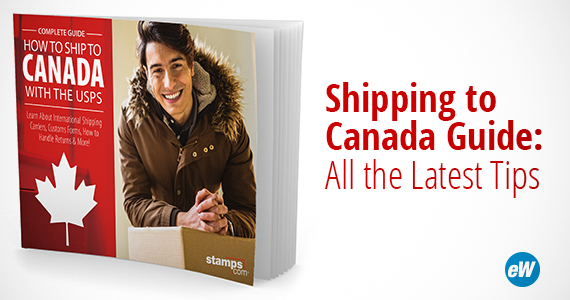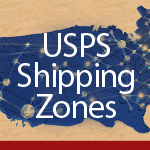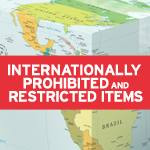 If you’re considering doing business with Canadian customers, you’ll be glad to hear that the time couldn’t be better to expand your global reach – and shipping is simpler than you may have thought. Here are some tips to consider as you point your e-commerce compass to the north.
If you’re considering doing business with Canadian customers, you’ll be glad to hear that the time couldn’t be better to expand your global reach – and shipping is simpler than you may have thought. Here are some tips to consider as you point your e-commerce compass to the north.
- Canadian e-commerce is on the rise. Expected to grow to nearly $40 billion USD by 2018, there’s a tremendous opportunity for U.S. merchants to reach out to an estimated 20 million Canadian buyers.
- No language barrier means smoother communications. English is one of two official languages of Canada, so you shouldn’t have a problem dealing with your Canadian customers or listing your products.
- Canadians enjoy shopping abroad. With 67% of Canadian purchases made to other countries, U.S. merchants are well positioned to tap into this hot and enthusiastic market.
- Show your prices in both USD and Canadian dollars. If you anticipate a lot of business with Canadian customers, it is recommended to display your product’s prices in both U.S. and Canadian dollars, or include a link to a currency converter right on your site.
- You have multiple shipping choices. The U.S. Postal Service, FedEx and UPS all offer a variety of options to ship across the border according to your timeline and price point.
- USPS Priority to Canada uses zone-based shipping options. Prices will vary depending on how close you are to a USPS International Service Center; in general, the closer you are to a center in one of seven major U.S. cities, the quicker and less expensive your shipment to Canada will be.
- Your Canadian customers cover tariffs, duties and taxes. These are fees imposed on imported goods. While Canadian customers are usually accustomed to the charges, you will need to be upfront at the point of purchase to avoid any misunderstanding later on. Packages more than 16 ounces will require you to include a customs form. Tariffs differ from duties and taxes in that they depend on the country of manufacture, not from where it was purchased and/or shipped. If your products use components manufactured outside of the U.S., make this information very clear on your website.
- Be aware of what can and cannot be shipped to Canada. Examples of products prohibited or restricted from being shipped to Canada are wine, tobacco, gold coins, furs and pens valued at more than $5. Check with your carrier before assuming your product is permitted to avoid hassles down the road.
The Bottom Line
Opening up your e-commerce shop to Canada can have great returns for you. Once you have a handle on the differences in shipping to Canada, you can enjoy a bustling cross-border business. Check out Stamps.com’s guide for detailed information on international shipping to Canada.




![[Infographic] Rock Your Back-To-School Sales & Marketing](https://www.ecommerceweekly.com/wp-content/uploads/2016/08/BTS-Featured.png)

